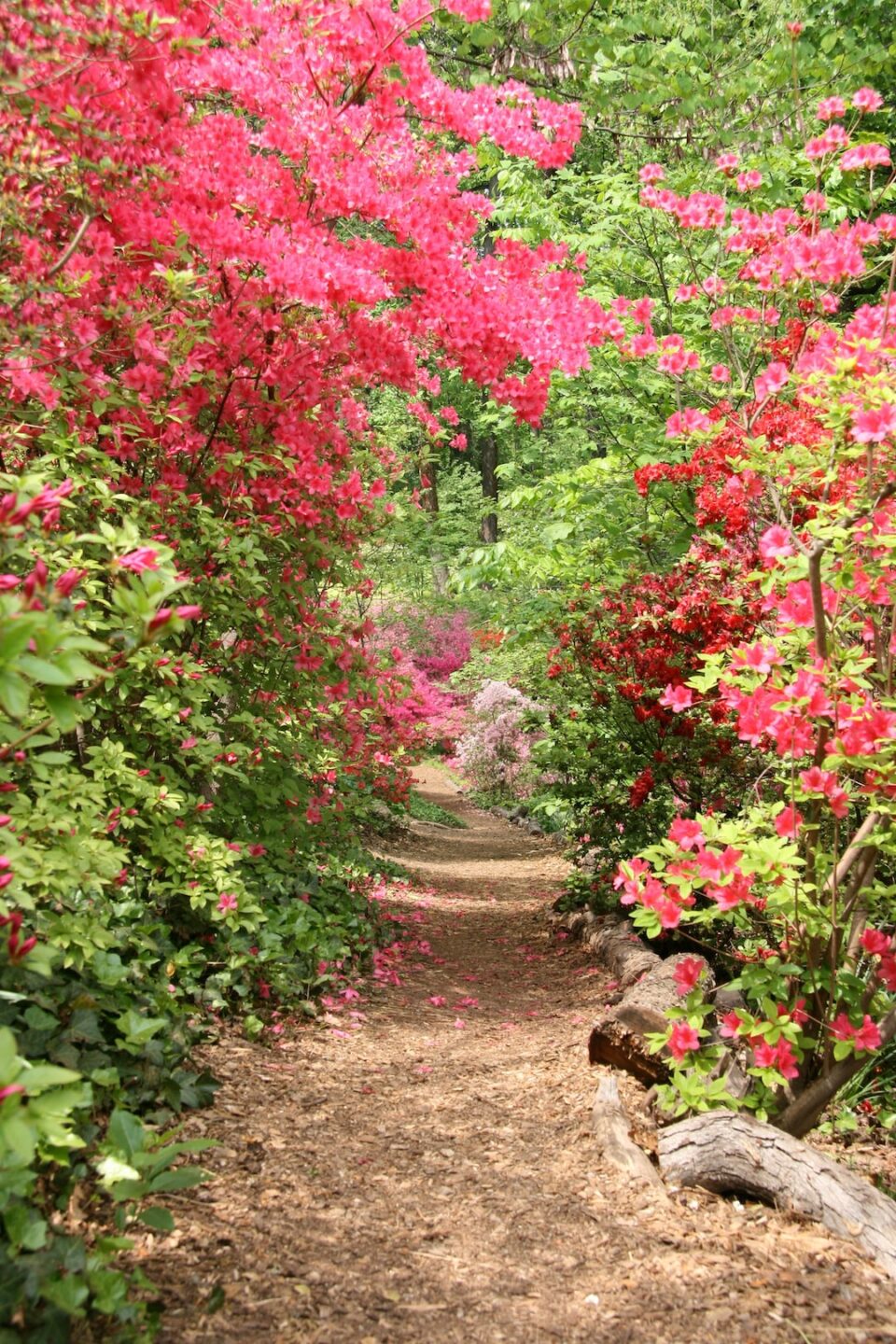Bonsai, the ancient Japanese art of growing and cultivating miniature trees, is a truly captivating and rewarding practice. The word “bonsai” itself stands for “tree in a pot,” and indeed, this art form involves carefully shaping and nurturing trees in small containers, creating intricate landscapes or standalone pieces of nature.
Caring for bonsai trees requires patience, dedication, and a deep understanding of the needs and characteristics of different tree species. Here, we will explore some essential techniques and tips for cultivating and maintaining these beautiful miniature trees.
First and foremost, selecting the right tree species is crucial. While many different types of plants can be trained as bonsai, some are more suitable than others. Popular choices include Japanese maple, juniper, pine, and elm trees. It’s important to research each species’ requirements for light, temperature, and humidity to ensure optimal growth conditions.
Next, proper potting and soil selection are crucial. Bonsai trees are traditionally grown in shallow containers to restrict the growth of their roots, thus maintaining their miniaturized appearance. The pot should have drainage holes to allow excess water to escape, preventing root rot. A mixture of quality bonsai soil, such as Akadama, fine gravel, and organic matter, helps provide essential nutrients while allowing adequate drainage.
Regular watering is vital to keep bonsai trees healthy. Since these trees are grown in small pots, they tend to dry out more quickly than their counterparts in natural settings. Careful observation is necessary to determine when to water, as it varies depending on factors such as species, pot size, and climate. Generally, bonsai trees should be watered when the soil surface begins to dry out, ensuring that the soil is adequately moistened without becoming waterlogged.
In addition to watering, proper fertilization and pruning are essential for the overall health and aesthetics of bonsai trees. Fertilizers specifically designed for bonsai should be applied during the growing season to provide the necessary nutrients. Pruning, on the other hand, helps maintain the tree’s compact form and encourages an attractive shape. This involves removing excess branches, twigs, and leaves, following the tree’s natural growth pattern.
Lastly, protecting bonsai trees from environmental factors is crucial. Extreme temperatures, strong winds, and excessive sunlight or shade can have adverse effects on their health. During hot summers or frosty winters, consider moving the trees indoors or providing additional shade or insulation. Regularly inspect for pests or diseases, treating them promptly to prevent further damage.
The art of bonsai is not merely a hobby; it is a form of creative expression, meditation, and a way to connect with nature. By dedicating time and effort to cultivating and caring for these miniature trees, one can witness the beauty of nature condensed into a small pot. So, why not embark on this artistic journey and immerse yourself in the wonders of the art of bonsai?

